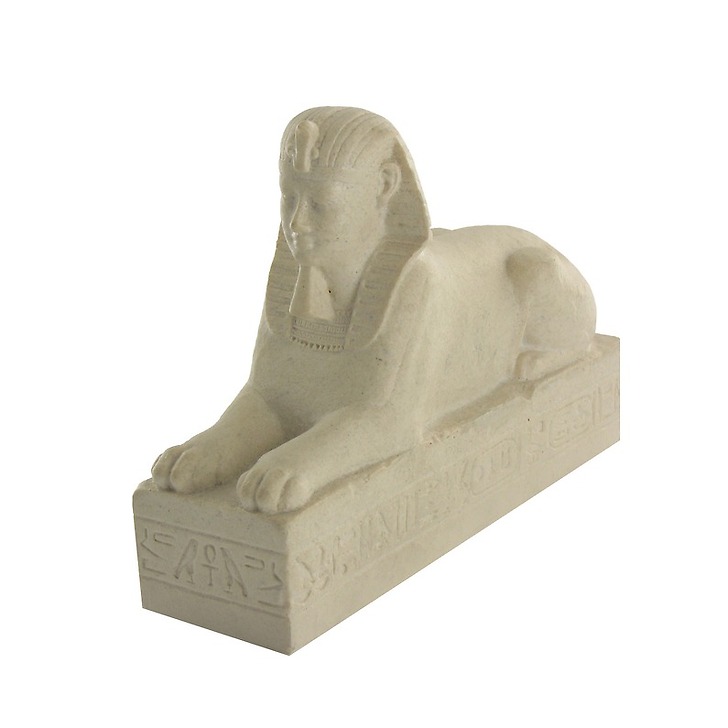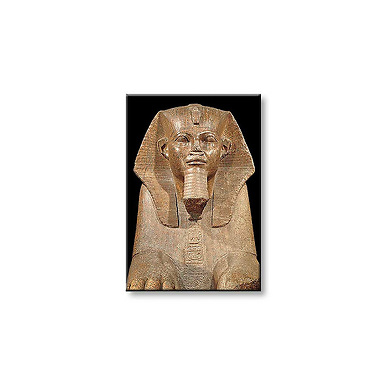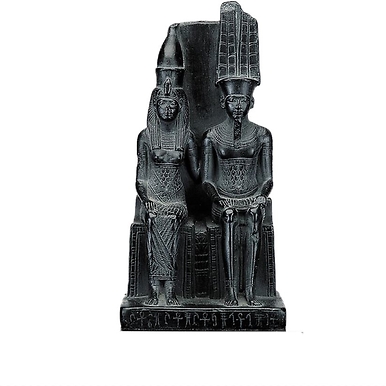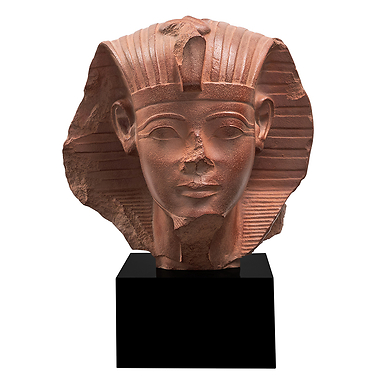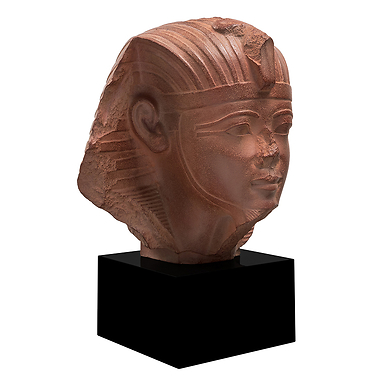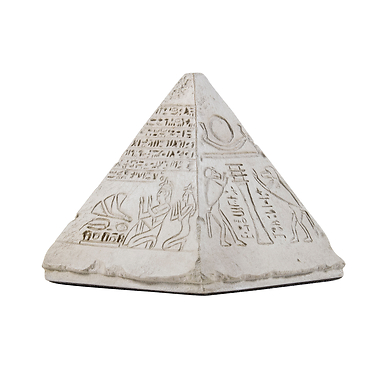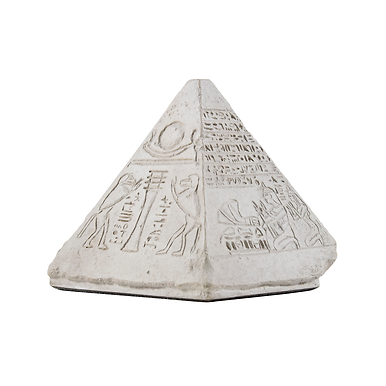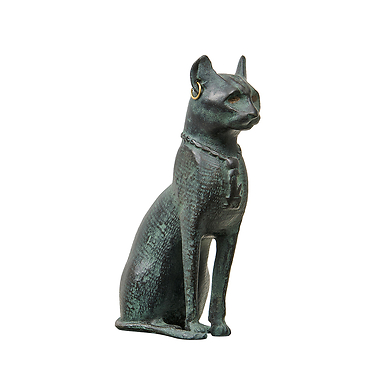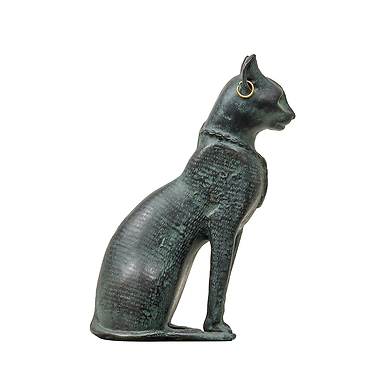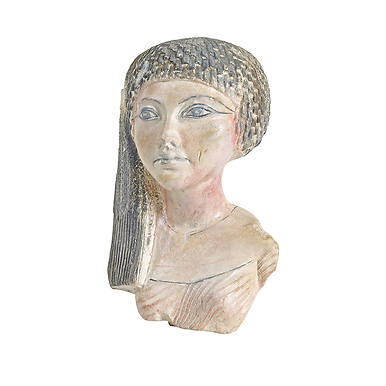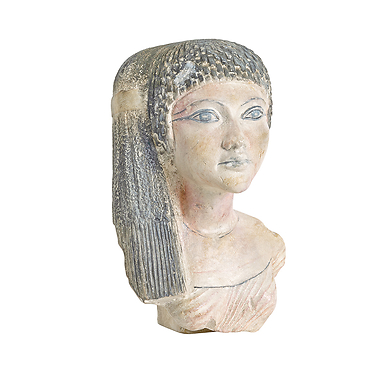Sculpture Little Royal Sphinx
RW000201
Reproduction patinated by hand. Mold made from an imprint of the original work.
Late Period, Thirtieth Dynasty, reign of Nectanebo I, (378-361 BC) or early Ptolemaic Period (305-246 BC),Saqqara, Serapeum.
Digital reduction of one of the sphinxes in King Nectanebo Alley I (original width 90 cm).
The...
Read more
Reproduction patinated by hand. Mold made from an imprint of the original work.
Late Period, Thirtieth Dynasty, reign of Nectanebo I, (378-361 BC) or early Ptolemaic Period (305-246 BC),Saqqara, Serapeum.
Digital reduction of one of the sphinxes in King Nectanebo Alley I (original width 90 cm).
The sphinx, a creature with the body of a lion and a human head, appeared very early in Egyptian civilization. The most famous remains that which was raised in the Old Empire on the site of the pyramids of Giza. He combines the intelligence and authority of the king with the physical power of the lion. This one, in the name of King Nectanebo I, wears the nemes, a kind of pleated cloth placed on the royal wig.
A beard that has now disappeared used to adorn the chin and a large necklace made up of several rows of pearls adorns her chest. Many sphinxes such as this one bordered the processional alleys giving access to the temples whose surroundings they protected.
Close
Login to see prices
Sold by GrandPalaisRmn

